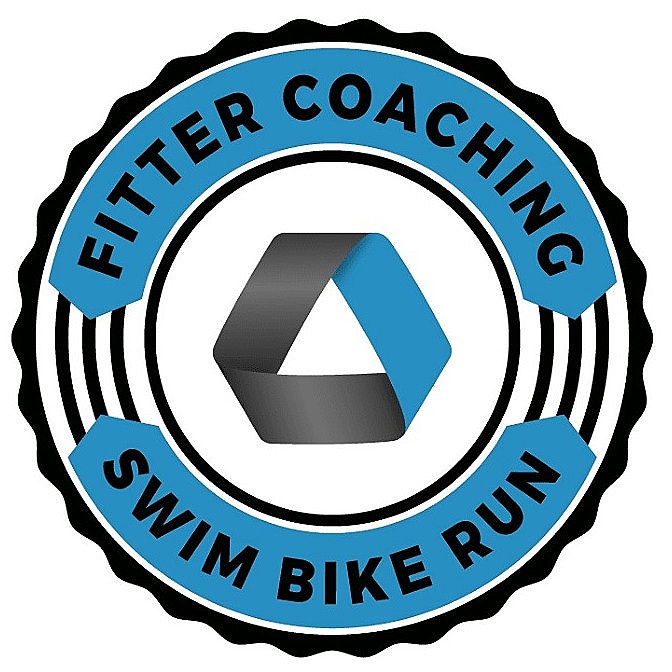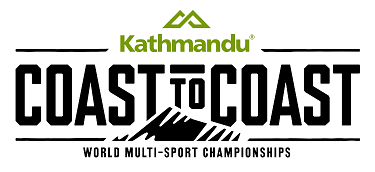Kathmandu Coast to Coast - Part 1
Standing on the side-lines at the Kathmandu Coast to Coast event was not unusual as a coach, but this year it was bittersweet. It was great to be a part of the event and learn whilst crewing, but difficult to have had 11 months of hard work, training to do the event, left unfulfilled due to injury. The saving grace was that I learnt a huge amount about myself and a new sport, whilst having a lot of fun along the way with lots of great people. I’ve always learnt from doing, so here was a great opportunity to further develop a skill set which helped both me and my coaching.
The Coast to Coast had been a pipe dream of mine since 2011. The challenge of the event was what drew me in. As a coach, particularly when you’re working within high performance, you never feel you can do something for yourself sports wise. The reality is you give out so much energy to others that you often don’t have anything left for yourself. So, it was great to finally find a balance and invest in some space and time for myself - it only took 10 years!
This blog series focuses on my learnings from the year - from the work I put into preparing for the race to how it impacted what I do going forward.
THE APPROACH I TOOK:
Coming from virtually nil fitness and no racing for 10 years, the body was going to be in for quite a shock. It’s not that I wasn’t active, I just hadn’t ‘trained’, nor had I ever undertaken a race of this duration before.
Step 1: Start training
Frequency and consistency, 30’ a day, 60’ a day, two disciplines a day
Focus on my weaknesses early on
Get back into the gym: injury prevention and strength
Learn new skills
Step 2: Gear
Trial and find a boat
Create a gear list and start to tick it off (waterproof pants, backpack, thermals etc)
Start trialing/researching trail shoes that will work both on the Coast-to-Coast course and for me! It’s a minefield 😊
Debate in circles about road and TT bikes, settled on both….
Get a reliable support team!
Step 3: Build
Grow volume but not at the expense of consistency
Introduce and grow intensity but not at the expense of consistency/volume
Challenge the skill set, both in discipline and in the gym
Get familiar with the course (critical!)
Trial and nail the nutrition plan early on
THE NEW SPORT: KAYAKING
BEING UPSIDE DOWN IS OK, IT’S GOING TO HAPPEN – A SYNOPSIS…
Tim Brazier
My first time upside down in a river all happened amazingly fast. I pulled out into an eddy to head upstream and WHAM I was upside down, POP my spray skirt was off and I was sliding out backwards, scrambling to hold my paddle, grab my boat and pull my wits together to head for shore in a safe spot. Having only practiced once on flat water it was amazing how the kayak safety knowledge I had learned as a child kicked into gear.
Lesson 1: Trust your instincts
My next time upside down was on flat water whilst practicing railing (not rolling) for my Grade 2 certificate. With such clear water in Wanaka, it was a rather peaceful experience where I managed not to panic and hung there waiting to be T-rescued. I found the more I could relax on the river, the better I would execute.
Lesson 2: Control what you can control - relax.
My next three underwater experiences were on my first trip down the Waimakariri. After the first two we sat at the head of the gorge, changing clothes and having a snack. I was cold, shitting myself and quite frankly over it. I had spent the first part of the river raging in the RED - not in the ‘process’ (or the BLUE) at all. The worst part was that I had been told the gorge was the hardest section of the river. If a helicopter had landed, I’d have been in it. But in reality, I had no way out but to paddle. Circumstances have a great way of forcing you to adjust.
Lesson 3: Go back to lesson 2 – relax, breathe, process.
The third out was funnily enough quite relaxing. Having spent the last 90 minutes, fighting myself back to the BLUE (controlled state) and navigating my way down most of the gorge, it was almost amusing to fall out on a rather innocuous bend. It felt like time stood still as I fell, exited the boat and all my skills fell into practice.
Lesson 4: This journey, like any journey, will not be linear.
As much as being upside down in a river is not where you’re meant to be when paddling a kayak, and certainly not as warm, if you can trust your instincts and the skills you’ve developed, if you can relax and be in the process, you will find that you’re in the drink way less than raging in the RED totally out of control. Focus on what you need to do, not the outcomes. The age-old adage, process vs outcome…
BOATS and SKILLS
Pertinent to developing the appropriate skills is having the appropriate boat. If you’re constantly fighting a tippy boat, you cannot focus on executing the correct skills. This will slow down the learning process and knock your confidence.
It’s important to also recognise that you’ll be tired getting into your boat on race day, which will affect the execution of skill and decision making. Whilst a more advanced boat is obviously faster, it’s way slower when you capsize lots and get cold.
If possible, I would recommend borrowing a boat/s or taking time to talk with others and try different boats out. Then you’re in a better position to purchase a boat which matches your level of ability and confidence – something which your coach or experienced racers will be able to help you establish. If you advance along quickly then by all means you can consider a faster boat.
To prepare you the best for race day, establishing a base and developing skills are the first port of call. Coaching is great for this, along with getting on a river and getting on the course (if you’re confident enough). Remember, you do not have to be able to straight away get down the course in the boat you’re looking to race in. There are multiple groups with ‘sea kayak’ like boats you can hire for a guided trip down.
The course will give you a rapid check (like it did for me) about where your skills are at for the river, both mentally and physically. It will also give you an awareness of how it feels to sit in the boat for that long, making multiple decisions and fuelling yourself. It WILL help inform your training.
I am lucky enough to live in Wanaka, which has an incredible resource of the Mata-au (Clutha River). I was on it a lot, but it still didn’t prepare me for some of the skills I needed on the Waimakariri. It was an under-sight which I should have addressed earlier.
Furthermore, on reflection, I wish I’d been on the lake more in Wanaka in rubbish conditions. Again, it would have challenged my skill set and given me a greater experience to draw from when hitting the wave trains on the course and down the Mata-au. Likewise, I feel that if I’d been able to do my Grade 2 and get coaching earlier, I would have been preparing a greater skill set from the word go.
In terms of skills, these are the 4 key skills that I found the most helpful amongst the many you will learn.
Bracing and railing – keeps you upright!
Picking lines – know what is safe, what is simple and what is fast.
Stroke catch, exit, rotation, and leg drive – getting efficiency and power is critical.
Paddling upriver 😊 This enhances your skills and ability to read the river. It’s also a great tempo session.
Going forward to further develop these skills and my mental skills I will be introducing these aspects:
A tippier boat, in the form of a surf ski for the lake, on rough and smooth days to make my river boat seem super stable.
More gym work around core, lower and upper back strength
Longer river paddles under fatigue (bike or run pre) to challenge my decision making and skills.
I think that will do for ROUND 1. I’ll get back in the boxing ring soon and bring you ROUND 2 in due course. Next up will be some physiological Kayak information before moving into the running and cycling side of things.
Tim Brazier / March 2021
LINK: Kathmandu Coast to Coast at https://www.coasttocoast.co.nz/





